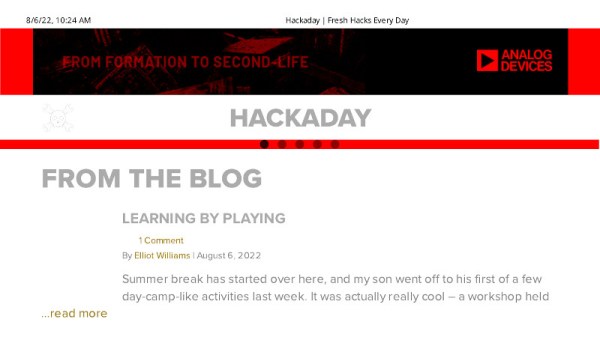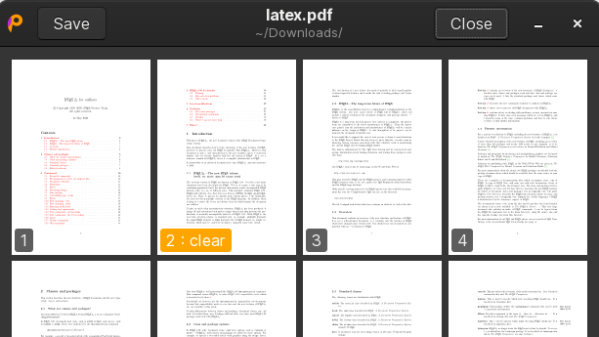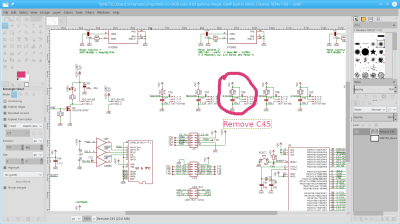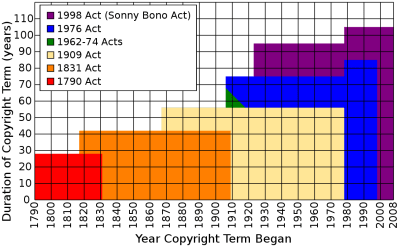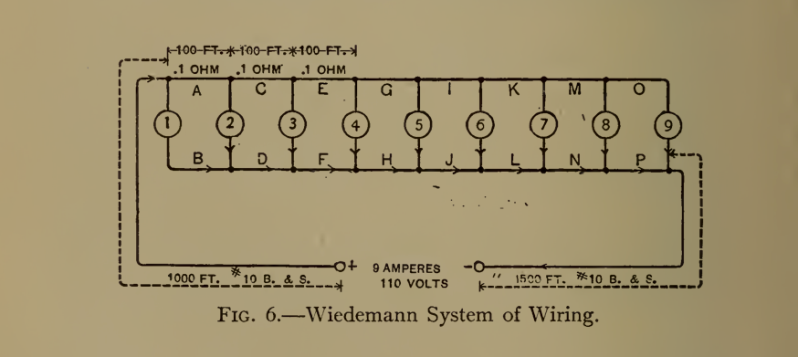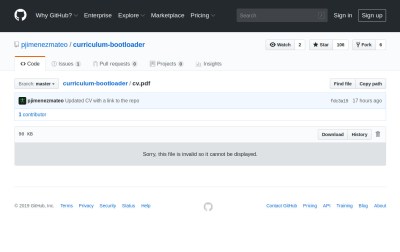Getting a job has always been a tedious and annoying process, as for all the care that has been put into a CV or resume, it can be still headed for the round file at the whim of some corporate apparatchik. At various times there have also been dubious psychometric tests and other horrors to contend with, and now we have the specter of AI before us. We can be tossed aside simply because some AI model has rejected our CV, no human involved. If this has made you angry, perhaps it’s time to look at [Kai Greshake]’s work. He’s fighting back, by injecting a PDF CV with extra text to fool the AI into seeing the perfect candidate, and even fooling AI-based summarizers.
Text injection into a PDF is a technique the same as used by the less salubrious end of the search engine marketing world, of placing text in a web page such that a human can’t read it but a machine can. The search engine marketeers put them in tiny white text or offset them far out of the viewport, and it seems the same is possible in a PDF. He’s put the injection in white and a tiny font, and interestingly, overlaid it several times.
Using the ChatGPT instance available in the Bing sidebar he’s then able to fool it into an affirmative replay to questions about whether he should be hired. But it’s not just ChatGPT he’s targeting, another use of AI in recruitment is via summarizing tools. By injecting a lot of text with phrases normally used in conclusion of a document, he’s able to make Quillbot talk about puppies. Fancy a go yourself? He’s put a summarizer online, in the link above.
So maybe the all-seeing AI isn’t as clever as we’ve been led to believe. Who’d have thought it!


